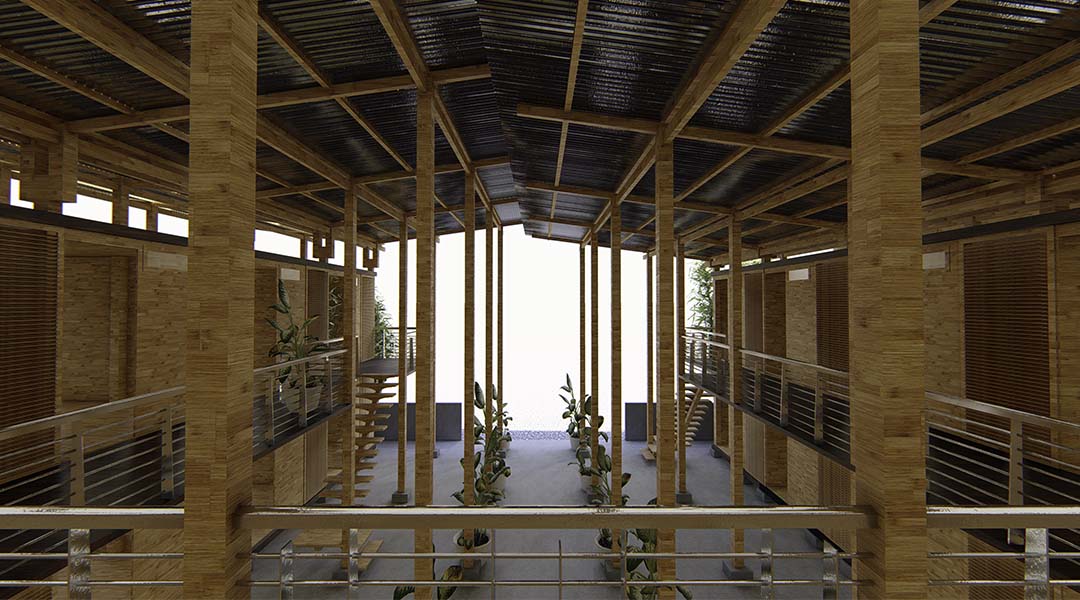
Earl Forlales explores the potential of bamboo in this ‘CUBO’
The excesses brought by informal settlements—which include diseases and severe malnutrition—afflict residents living in tinderboxes topped with galvanized iron sheets, putrid slums tucked inside public cemeteries, derelict buildings, and warehouses. Antipathy and rebellion are nourished in these places, yet the first and most basic of all needs like food, drink, and proper shelter are left unheeded. To date, the existence and growth of self-built communities are evident in the Philippine panorama and have perforated even the margins where economic movement and progress exist.
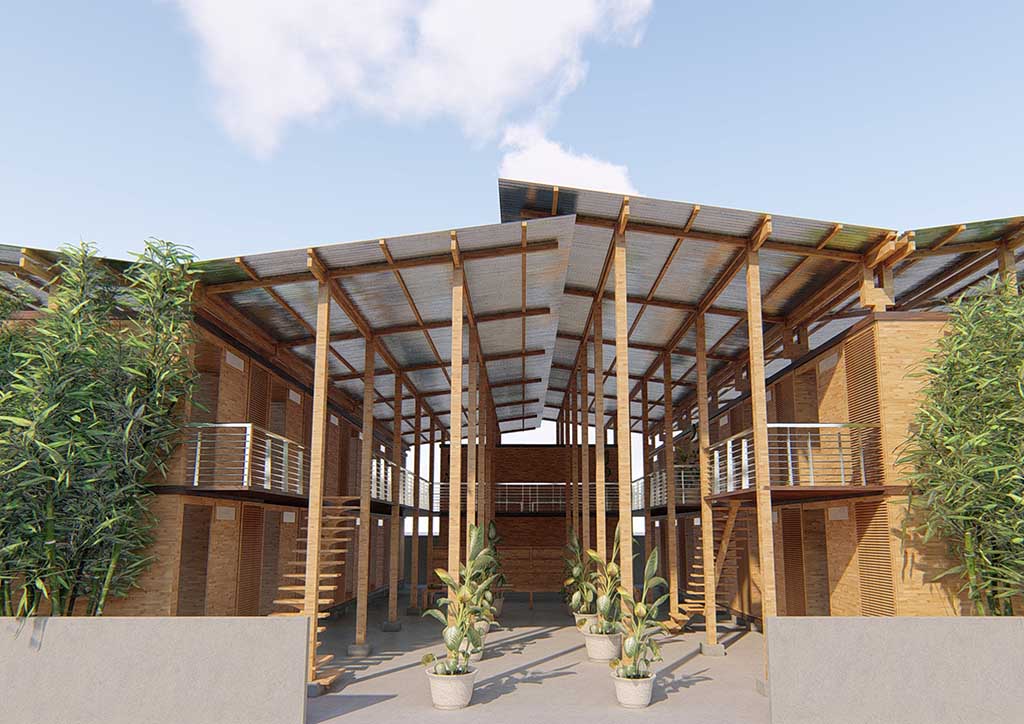
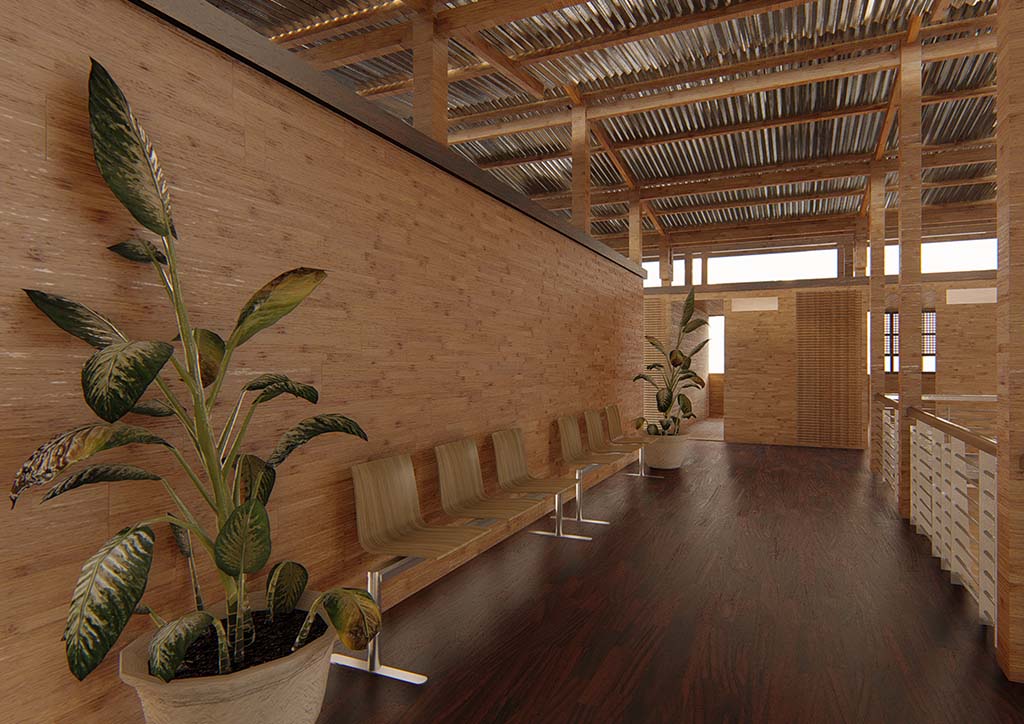
As a response to Metro Manila’s housing crisis, Earl Patrick Forlales, a 23-year-old graduate of chemistry and material science engineering from the Ateneo de Manila University, has devised a low-cost housing plan called CUBO, which aims to provide ample-sized, functional homes. “As severe as it already is, we expect the housing crisis to grow even bigger within the next years. In fact, according to a recent study done by the University of Asia and the Pacific, the figure can grow to 12.3 million by 2030. That means we need to build one million houses every year starting 2019 if we are to house all Filipinos by 2030,” Forlales elucidates. CUBO takes on this monumental task that demands a rapid solution. It was selected from over 1200 entries and won first place at the Royal Institute of Chartered Surveyors (RICS) in its Cities For Our Future Competition held in the United Kingdom last year.
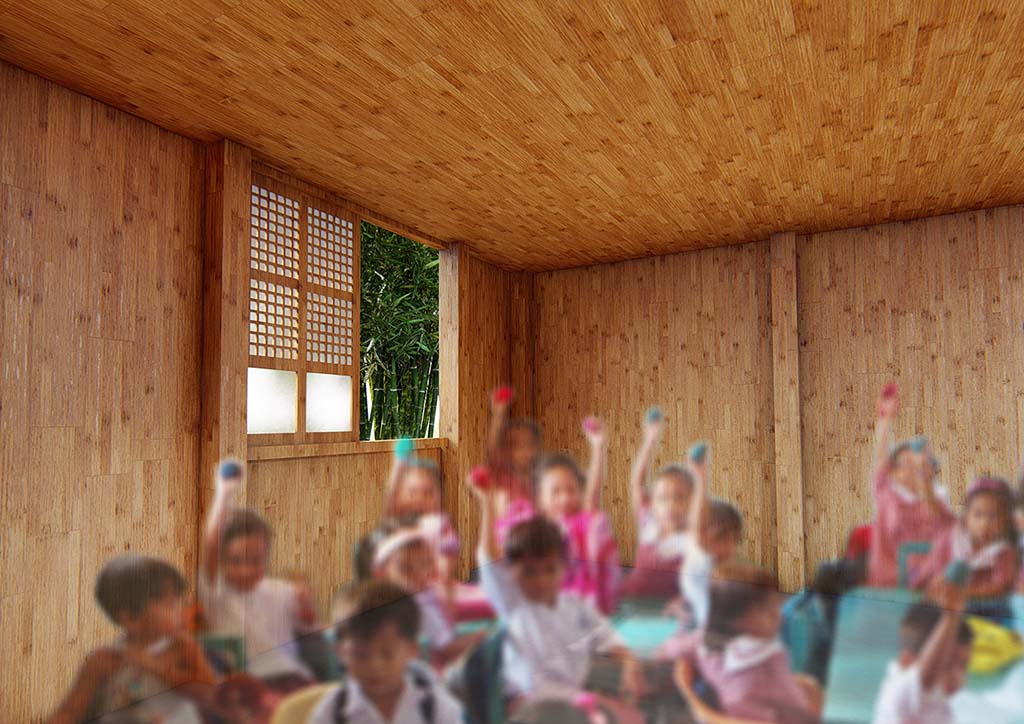
residents jobs, new skills, and a community space
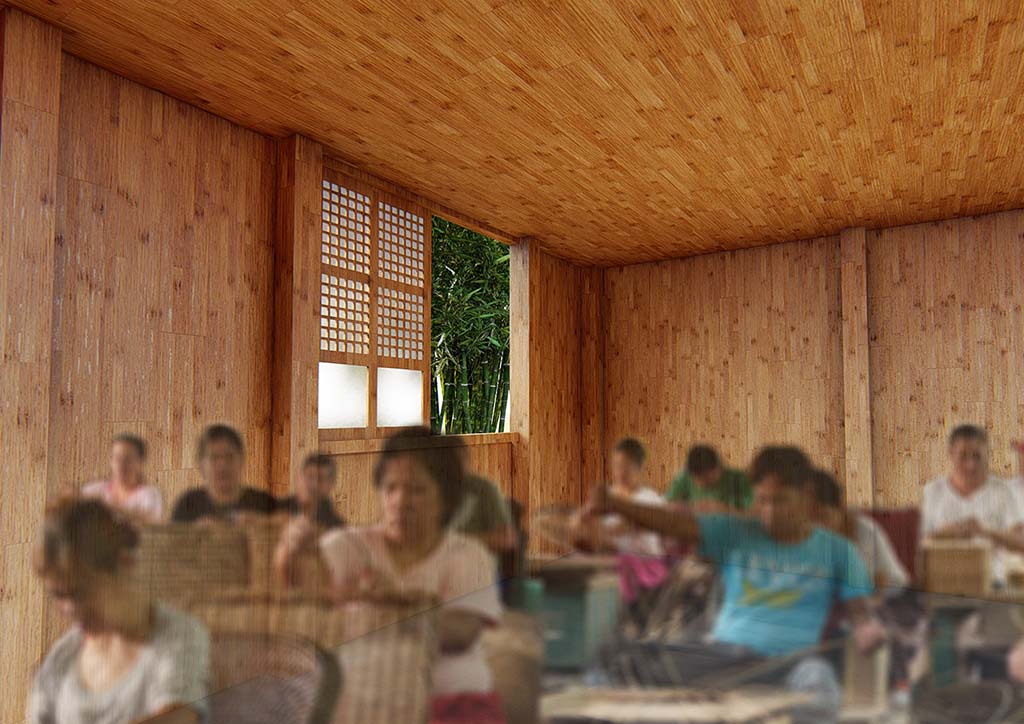
The foremost sustainability feature of CUBO is its use of engineered bamboo as the overall material. “Compare it to the decades required to grow wood and you quickly recognize the impact of switching to this material. Bamboo can also absorb more carbon dioxide and release more oxygen than an equivalent number of trees. It also does not hurt that bamboo is pretty, which eliminates the need for solvent-based paints,” says Forlales.
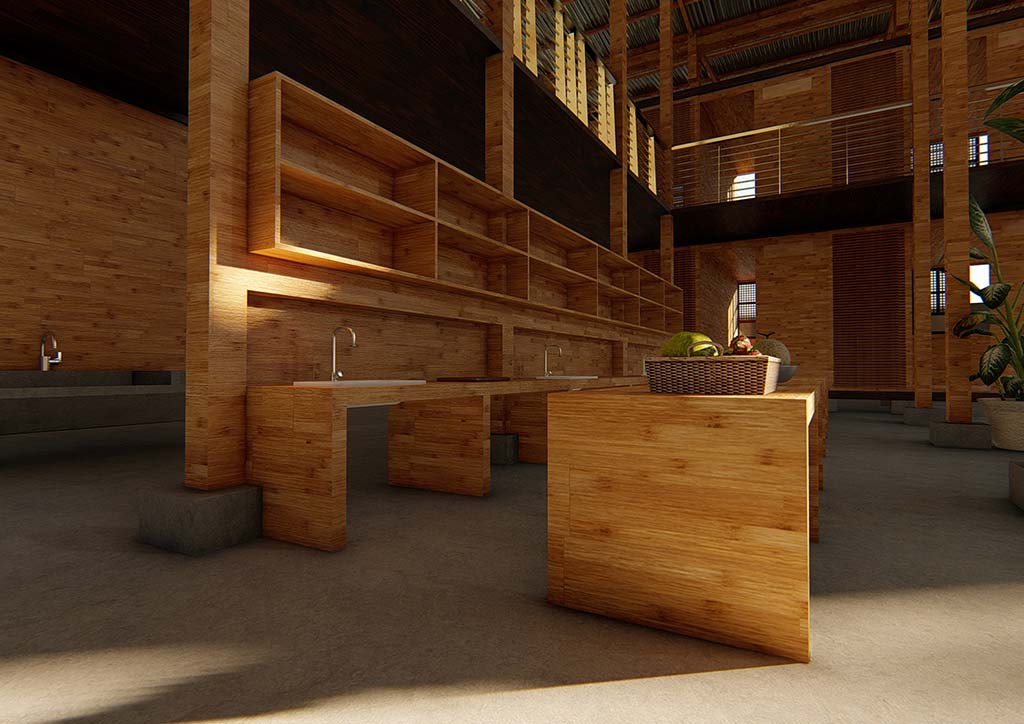
In terms of resilience, the fibrous nature and inherent strength of bamboo make it an earthquake-resistant material, therefore, fitting in the Philippine context, which is frequently inundated by natural disasters. To support this from a design viewpoint, it features a tilted roof that acts as awnings for rainwater and elevated stilts that help prevent floodwater from entering the interiors. CUBO configures homes in multiple arrangements to offer its future residents with communal kitchens, bathrooms, or offices, furthering the sense of community for inhabitants. Since CUBO acknowledges the city’s lowest-paid workers, to ensure its goal to become truly affordable, it plans to partner with financial service providers.

This design also employs a proprietary modular construction system that permits its components to be packed flat for easier transportation. It can be assembled within four hours by the installation team upon arriving on-site, with no heavy machinery required. With these, it will be able to minimize any carbon footprint.
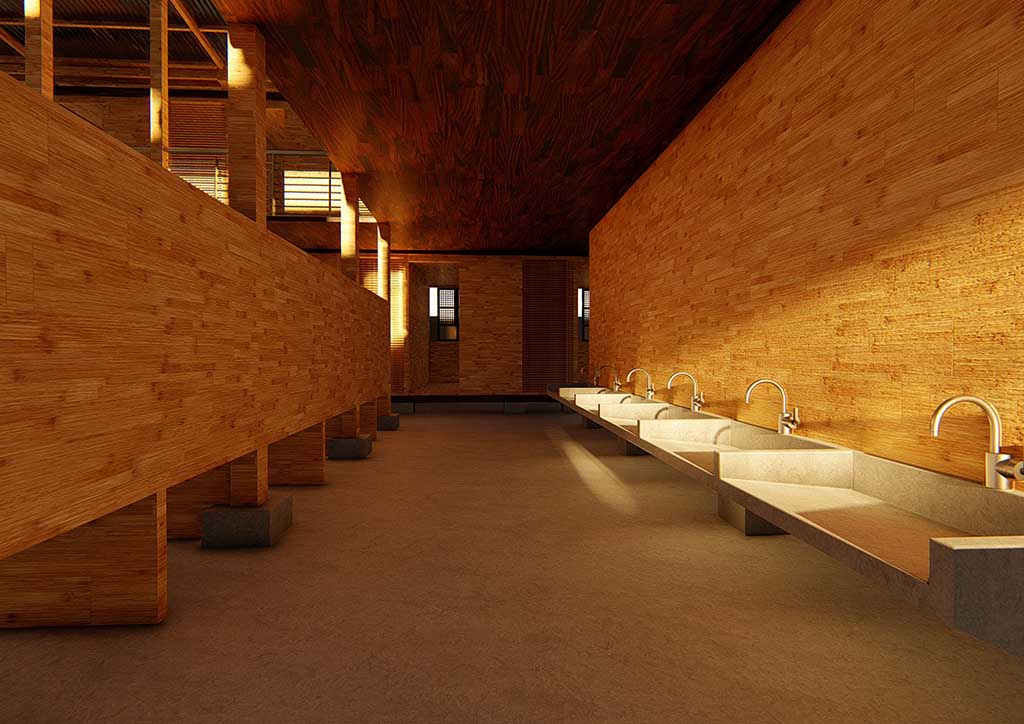
The project claims the silhouette of a bahay kubo, which is emblematic of the Philippines’ traditional architectural landscape. This national icon is filled with passive design strategies making it an ideal model for an abode, especially in the tropical region. In fact, the inspiration for the project originated from Forlales’ childhood days spent in one. “The kubo that we lived in was a very humble structure, not more than 12 square meters. It was situated on a one-hectare farm that my grandparents tended. Despite the heat, I remember it was always presko inside the hut. We also had what we needed to cook food, to store farm tools, and to rest inside the kubo,” he recalls. “All of those were fond memories, but I never realized it would set how I would design CUBO. Beyond that, it set my mind that function precedes form and that most often, the simple form is the best form,” he continues.
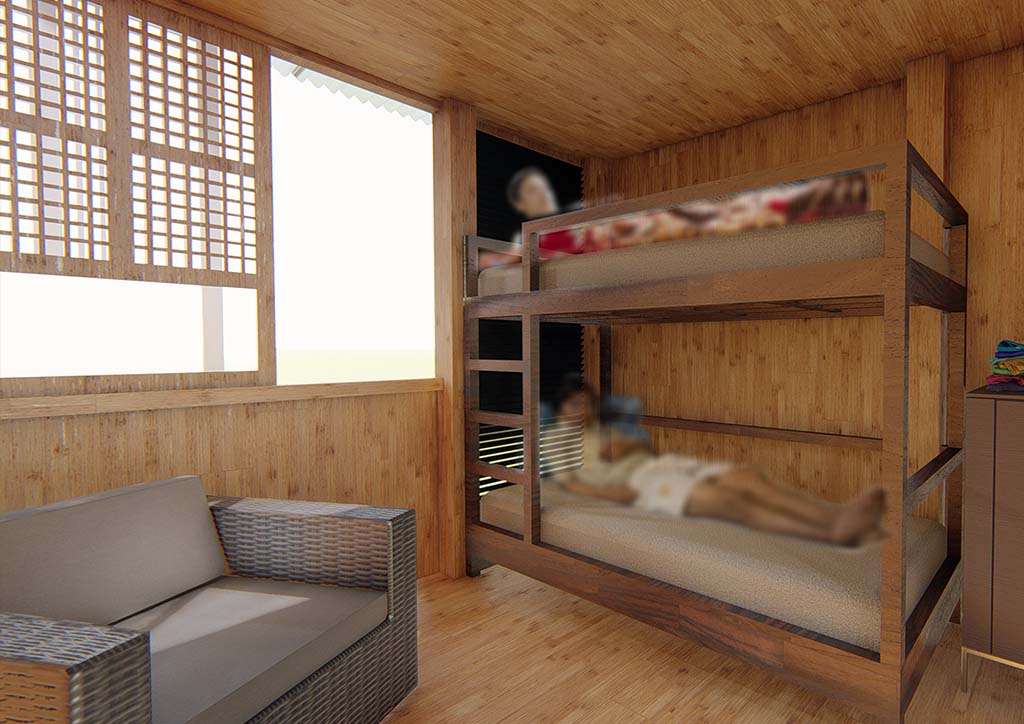
Real estate stays resonant, and many commercial buildings continue to pursue their blossom in arrogance. This is how the Metro Manila vista resumes uninterrupted. One is left open-mouthed when this capitalist framework is put side-by-side to the number of areas occupied by the homeless. It takes more than layers of paint to enshroud this ugly truth. Informal settlers are significant in the economic fabric of the Philippines, therefore, they need to be included in everyday speech.
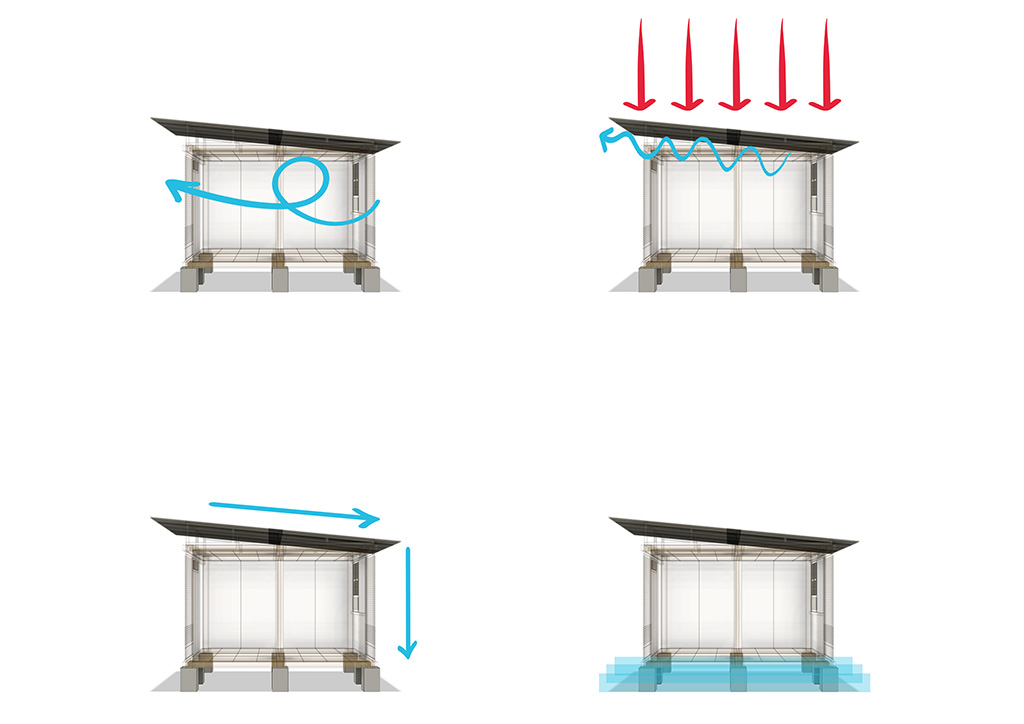
“Personally, I see having a home as a critical first step to jumpstarting a productive life. So, I know and I believe that we will provide a great impact on the lives of those who will benefit from CUBO. Ultimately, more than becoming home builders, we have to be nation builders,” says Forlales. CUBO is not only momentous for being genuinely green, but because it recognizes the macro-perspective of the flawed housing system in the Philippines, and considers the narrative of those it aims to serve to.
This article first appeared in BluPrint Volume 1 2019. Edits were made for BluPrint online.
READ MORE: One Zero Design Co. views Escolta through harrowing and hopeful visions in ‘Imprints’ exhibit


